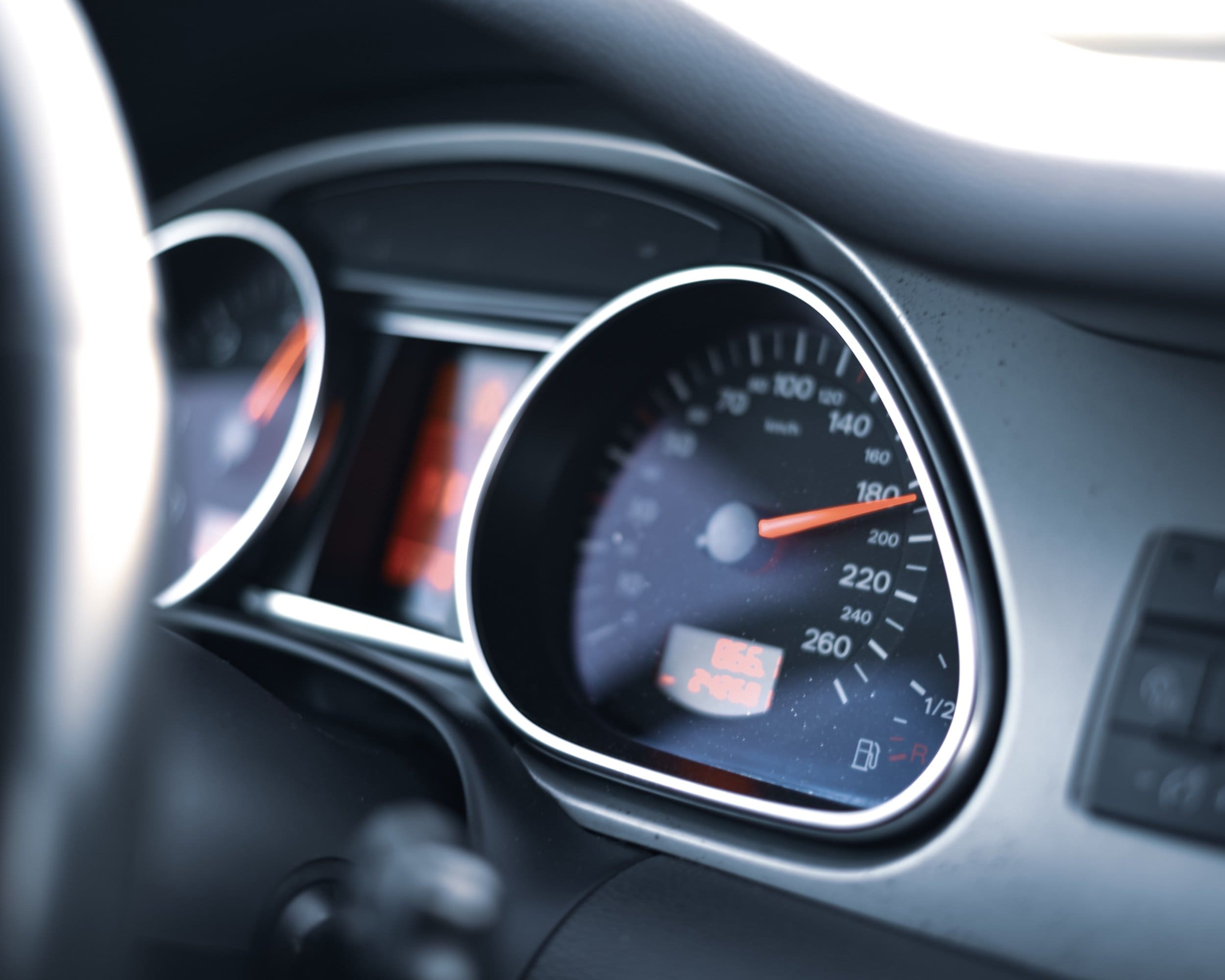The global car park: what, why, who, how and when
The global car park is a colloquial term some of us in the automotive insurance industry use to talk about the different makes and models that make up the different vehicles across the entire globe. We, at Arnie, have found it really interesting as we lifted the hood (forgive the pun) to understand the history behind the global car park for the last century, to gain an insight as to how this may change in the near future and beyond.
What does the global car park look like today?
The International Organization of Motor Vehicle Manufacturers (OICA) reported a 5% decline between 2019 and 2020 with 91.8 million vehicles produced worldwide. 28.1 million of those vehicles are passenger cars. Passenger cars of which are seeing more of a decline, of up to 11% since 2019 to today.
A press release was published by the OICA in April 2020 relating to the global pandemic, and the impact this was having on the world’s automotive industry:
“Initial impacts began in January, with the shutdown of the largest part of the Chinese industry in general, thereby also creating parts and components shortages impacting the industry in every corner of the world. – OICA press release in 2020.“
It’s fair to say the industry is still experiencing these challenges towards the end of 2021 with the demand and delay for parts and exorbitant prices. In Australia, manufacturing came to a close in 2017 (touchy, emotional subject for many), and so heavily reliant on international trade, not only for vehicle parts but also for the vehicles in entirety. More on that later…
The European Automobile Manufacturers’ Association (ACEA) reported in 2017 that 29% of the world’s automotive vehicles were manufactured out of China, and 21% European. Other top manufacturers include; Japan, U.S., India and South Korea. However, since 2019 Europe has seen a decline of up to 23% and the U.S. a staggering 36%. Whereas, the most stable market of Asia-Oceanic, only saw a 7% decline.
The demise of the Australian manufacturing industry
It’s wild to think back in the 1970s, Australia was one of those leading countries in vehicle manufacturing heading 10th in the world. After a decade of car production in Australia, it was announced through bleary eyes and heavy hearts that the country would build its last vehicles on Aussie land in 2017.
In 2020, drive.com.au reported the highest growth in vehicle sales in Australia (all international of course) from MG (China), Kia (Korea), Ram (U.S) to Skoda (Czech) and others.
Where do we see the future of the global car park heading, and why should we care?
The ACEA expects modern European vehicles to have a lifespan on average of 11.5 years. Conservatively, the global is working on an average of a 8 year vehicle lifespan. It doesn’t take a rocket scientist to realize that by 2025, 8 years following the closure of AUstralia’s last car manufacturing factory, we would start to see the Australia car park become more of an Asia-Oceanic and European dominant car park. The industry must find a way to operate and maintain both automotive sales, repairs and maintenance through international trade.
There are plenty of pros to the future and the evolution of the global car park. The OICA say it beautifully as they strive for ‘worldwide harmonization’. We call this benchmarking, or seeking a mutual understanding and agreement across the Auto Industry. Insurers are faced with a wide variety of different regulations in different states and different countries. Likewise with repairers, albeit less regulated in Australia and only just starting to see enforceable changes. Finding standardized, regulated change offers savings in technical resources, the production of better, cleaner, safer vehicles and ultimately aims to reduce complexity, unnecessary costs and greater trust and transparency. We are under no illusion that it is not always possible to apply a ‘cookie-cutter’ approach, however a calculated, scientific and data-driven approach would enable a practical, sensible and less subjective approach.
Building a strong mutual agreement between repairers and insurers for the longevity and sustainability of our shared industry is paramount as we see the future of the global car park become less-local. Together is the only way. You can read more about how Arnie uses extensive databases and industry standard sources of truth to power AI and data-driven processes and decision-making on our website.
By Danni Robson, Head of Product – Arnie









